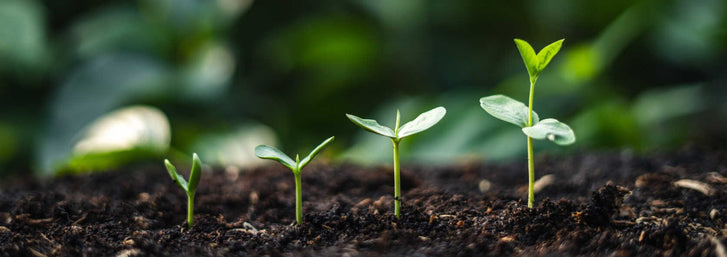
Jordan Freytag

In our modern world, the lunch hour is one of the easier meals to consume lavish starchy foods, which are full of carbs and refined sugars, such as fries and pastas. “We are going out to lunch!” at the office soon turns into “Who’s ready for a nap?” Consuming these foods may be delicious and fun, but they actually lead to a sluggish afternoon and evening.
As we know, our bodies use up vital energy to digest food, converting it into usable caloric energy in hopes to not only replenish the energy lost but to exceed it. Foods that are high in refined sugars, carbohydrates, and fats require more energy from your body to convert it into caloric energy, but the pay-off isn’t worth it. After eating such foods, our bodies become fatigued, both physical and mental because of the lack ofcleanenergy derived from the foods we consumed. With digestion, there is of course an expected energy loss, but the energy loss varies depending on the integrity of the food. It is no wonder that those who consume large lunches, high in carbs and fats, are sluggish in the afternoon, prone to napping, and generally less productive.
Brendan Brazier, a former triathlete now a plant-based nutritionist, promotes a lifestyle of nutrition called High Net Gain Nutrition, which he discusses at length in his book, Thrive. High Net Gain Nutrition consists of a plant-based diet, eating natural unrefined foods that require less energy to digest but yield a high amount of usable nutrients. Brazier sees this kind of eating as an investment, so-to-speak—to invest as little digestive energy as possible with the greatest possible yield of caloric energy. Brazier suggests replacing starchy foods such as pasta, and white rice for carbohydrates that are more easily assimilated such as Amaranth, Quinoa, and Buckwheat.
In addition to simple carbs, sprouts are a perfect addition to a High Net Gain Nutrition diet because they are packed with a high concentration of nutrients that aid the body but take minimal effort to digest. In the germination stage, the bioavailability of the nutrients in the infant sprout is the highest because the seed itself is breaking-down, converting carbohydrates and amino acids to their simplest forms, making it easy to digest. The dense nutrients in the sprout are aimed to help the plant grow to maturity but when consumed by humans, those dense nutrients are easily digested, providing a high yield of energy. The best part is sprouts are easy to grow and take minimal time. It is manageable, even for the busiest of people, to have a constant supply of sprouts on hand. And when eating sprouts consistently, you’ll feel the youthful energy they can bring to your body.
Avoid the afternoon slug and consume foods that will provide your body with fuel rather than the ZZZZzzzzzzzzzzz . . . .
Leave a comment
Your email address will not be published. Required fields are marked *
0 Comments
No Comments yet! Be the first to start a conversation
Further Reading

Reviewing the Aquatree Garden: A True Leaf Market Experience
The AquaTree Garden is an innovative growing experience! This nifty appliance allows you to grow leafy greens, microgreens, herbs, large sprouts, and vegetable starts (like tomatoes) all at once! When it comes to indoor gardening, there is no question ...

Ashleigh Smith
2024-04-225 min read1
Parasitoid Wasps: A Beneficial Insect in the Garden
Written By Lara Wadsworth There are estimated to be around one million different species of parasitic wasps worldwide. In fact, most wasps are parasitic, which means they live on or in a host at the host's expense. For common garden pests like aphids, ...

Ashleigh Smith
2024-04-226 min read0
Succession Planting: The Key to a Continual Harvest
Do you find yourself harvesting large amounts of any given vegetable from your garden all at once? There is a solution! The practice of succession planting, or planting in segments over a period of time, allows you to harvest root vegetables, leafy gre...

Ashleigh Smith
2024-04-223 min read2
10 Natives of the Southwest USA for Pest Control
Written By Lara Wadsworth The Southwestern United States is a region incredibly unique to the rest of the country. The hot, dry weather can be challenging for plants and animals to thrive without additional help. That is why gardening with natives can ...

Ashleigh Smith
2024-04-157 min read0



